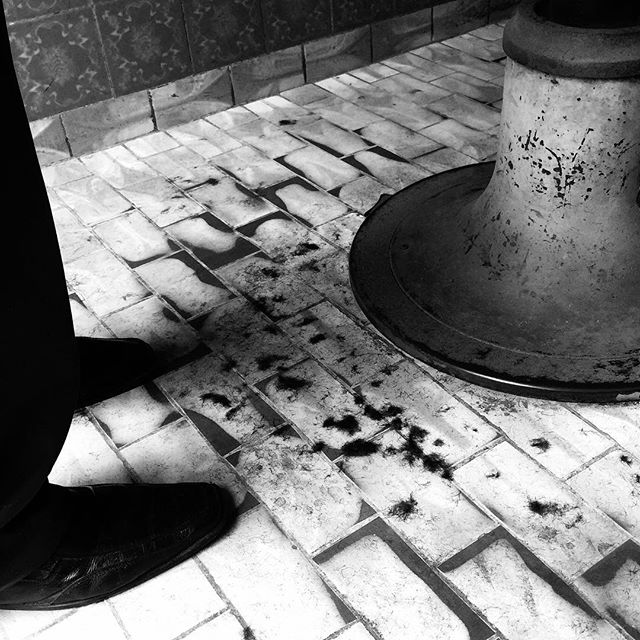

Dealing with worn floor finishes can be a frustrating experience, impacting the aesthetic appeal and value of your home. Fortunately, there are various strategies to address these issues, ranging from simple DIY fixes to professional restoration methods. This comprehensive guide will delve into the intricacies of dealing with worn floor finishes, providing actionable solutions and expert advice. We will explore the different types of flooring, the causes of wear, and the most effective methods to restore your floors to their former glory. We’ll provide detailed steps, examples, and insights to help you understand and execute these methods effectively.
Understanding the Types of Worn Floor Finishes
Identifying the Source of Wear
Different flooring materials, like hardwood, laminate, or tile, react to wear and tear in diverse ways. Hardwood floors, for example, may show signs of scratches and dents, while laminate floors might exhibit fading or discoloration. Knowing the material of your flooring is crucial in determining the appropriate restoration method. Furthermore, understanding the cause of the wear is vital for choosing the best approach. Is it from heavy foot traffic? Is it from spills or furniture scratches? Addressing the root cause of the issue can prevent future damage and prolong the lifespan of your floor finishes.
Assessing the Extent of Damage
Assessing the extent of damage is critical before undertaking any repair. Is it localized wear or more widespread damage? This assessment helps determine the scope of the project and whether DIY methods are sufficient or if professional intervention is necessary. A skilled professional can accurately evaluate the damage and provide an assessment of the potential costs involved in various restoration techniques. This evaluation allows you to make an informed decision about the restoration process, avoiding costly mistakes or ineffective DIY attempts. Note that professional assessment usually involves an inspection and a precise diagnosis of the degree of deterioration.
DIY Refinishing Options
Simple Cleaning and Polishing
Sometimes, a simple cleaning and polishing can rejuvenate worn finishes. For example, a deep cleaning of hardwood floors can remove surface dirt and debris that contribute to the appearance of wear. A dedicated wood floor cleaner and a high-quality polishing compound can be used. Consult product instructions for optimal results. This can often be a cost-effective approach, especially for light to moderate wear. Ensure you are using the appropriate cleaning solutions for your floor type to avoid damage.
Refinishing Worn Laminate
Laminate floors, while durable, can still show signs of wear, such as fading or scratches. Often, a simple touch-up can restore the laminate’s original luster. Using a laminate floor repair kit or specialized touch-up markers can address specific marks or discolorations. Thoroughly cleaning and conditioning the laminate is also essential for maintaining its original sheen.
Professional Restoration Methods
Professional Hardwood Refinishing
Professional sanding and refinishing can restore hardwood floors to their original splendor, addressing deep scratches, gouges, and discoloration. This method involves carefully sanding the worn finish to expose the bare wood, then applying new finish coats. Professional refinishing guarantees a polished and seamless finish. Professional sanding and refinishing services are more expensive than DIY methods but often yield more durable and long-lasting results. It is vital to choose a qualified and experienced professional for your refinishing needs.
Repairing Damaged Tiles
Tile Grout Repair
Tile floors, particularly those with grout, can experience significant wear over time. Professional grout repair can restore the integrity and aesthetic appeal of your tile floor. Specialized grout repair compounds are crucial for restoring the grout to its original color and finish. Choose a repair method based on the type of grout damage. Grout repair is typically more affordable than full tile replacement.
When to Call a Professional
Assessing the Damage and Choosing the Right Solution
Severe damage, like deep gouges or extensive discoloration, may require professional intervention. Professional assessment can determine the extent of the damage and identify the appropriate restoration technique. Also, if you’re unsure about the type of flooring or the best repair method, it is best to seek the expertise of a professional. Professional restoration can safeguard your investment and guarantee long-term results, avoiding costly mistakes.
In conclusion, dealing with worn floor finishes requires a methodical approach, considering the type of finish, the extent of damage, and the desired outcome. By following these steps and seeking professional guidance when needed, homeowners can effectively revitalize their floors. Next steps involve contacting a qualified flooring professional to discuss repair options and pricing for your specific situation. Don’t hesitate to ask for quotes and recommendations to ensure you make an informed decision.